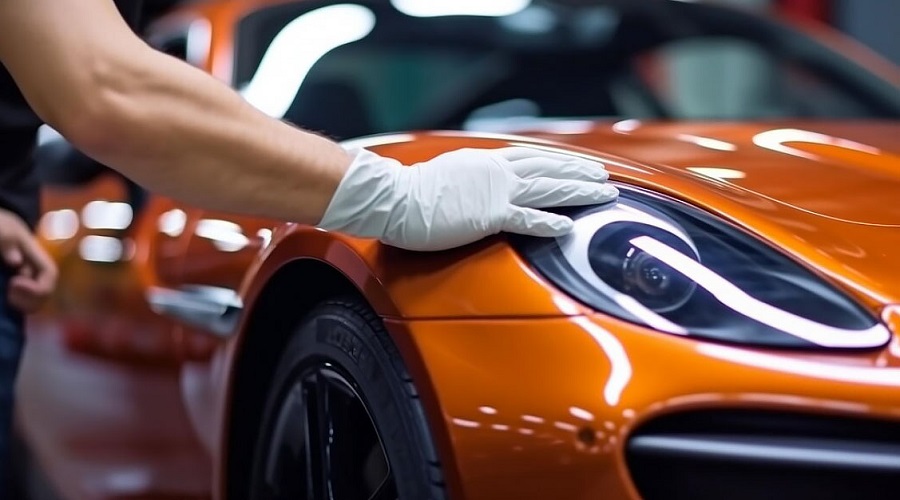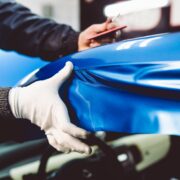When it comes to protecting your car’s paint, few solutions can match the effectiveness and longevity of ceramic coating. As car enthusiasts look for the best ways to maintain the showroom shine of their vehicles, ceramic coating emerges as a premium choice. In this comprehensive guide, we’ll explore what ceramic coating is, its benefits, the process of applying it, and how it compares to other car protection options such as wax and paint protection film (PPF).
What is Ceramic Coating?
Ceramic coating is a liquid polymer that chemically bonds with the vehicle’s factory paint, creating a layer of protection. Unlike traditional waxes, ceramic coating provides a permanent or semi-permanent bond to the paint, which does not wash away or break down over time. This makes it a highly durable option for protecting a car’s exterior from various environmental contaminants.
Benefits of Ceramic Coating
- Enhanced Durability: Ceramic coatings are known for their durability and long-lasting protection against dirt, dust, and chemical contaminants.
- Superior Protection: The coating creates a hydrophobic (water-repellent) surface, which helps in preventing stain marks and etching caused by acidic contaminants.
- UV Resistance: It provides excellent protection against ultraviolet rays, reducing the oxidation and fading of the car paint.
- Improved Aesthetics: Ceramic coatings enhance the gloss of your car’s paint, making the vehicle look newer for longer.
- Ease of Cleaning: Due to its smooth and resistant surface, dirt and grime have a hard time bonding with the paint, making the cleaning process easier and less frequent.
The Application Process
Applying ceramic coating is a meticulous process that often involves several detailed steps:
- Preparation: This involves thorough washing and decontaminating the car’s surface to remove any impurities.
- Polishing: The vehicle is then polished to correct any imperfections in the paint.
- Application: The ceramic coating is carefully applied manually to ensure an even layer.
- Curing: The coating needs to cure, which might require a controlled environment and can take several days.
Ceramic Coating vs. Other Protective Coatings
While ceramic coating offers excellent protection, it’s important to compare it with other products like car waxes and paint protection films:
- Wax: Waxes provide a good shine and some protective properties but need frequent reapplication every few months.
- Paint Protection Film (PPF): PPF offers more substantial physical protection against scratches and chips. Unlike ceramic coating, which is more about chemical and UV protection, PPF is a thicker, more protective barrier.
Conclusion
Ceramic coating is an excellent investment for those looking to protect their vehicle’s paint while maintaining a high gloss finish. The upfront cost and effort involved in applying ceramic coating pay off in the long-term benefits of less maintenance, better protection from the elements, and an always-gleaming vehicle.













Comments